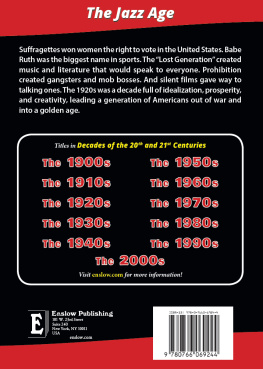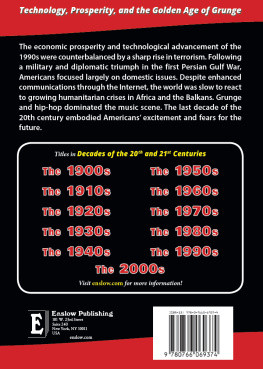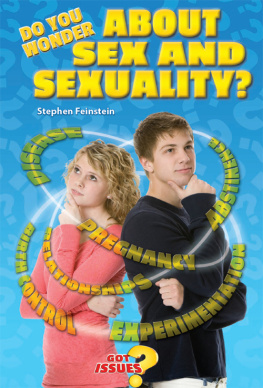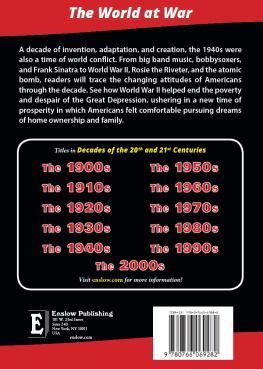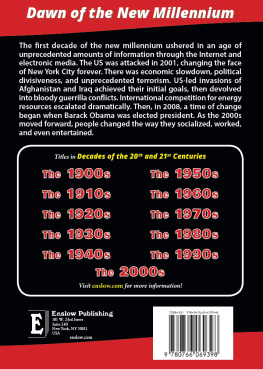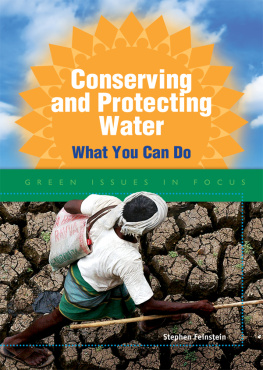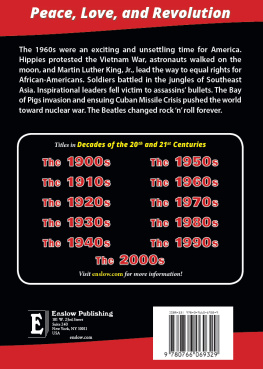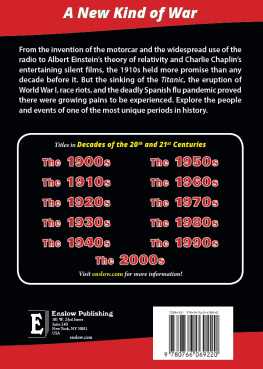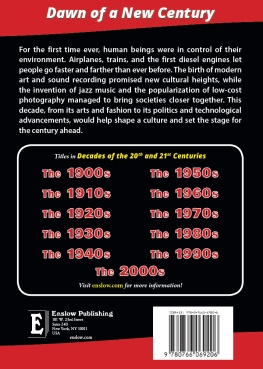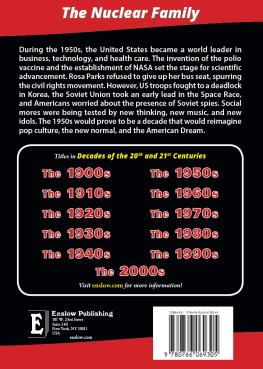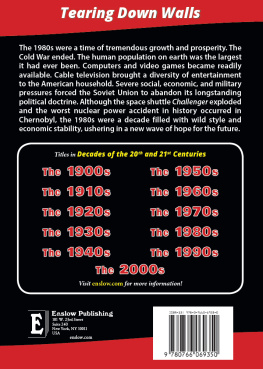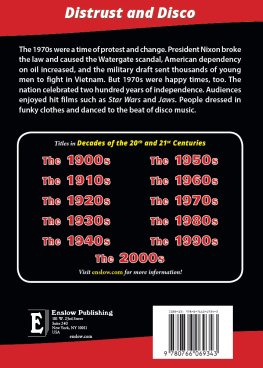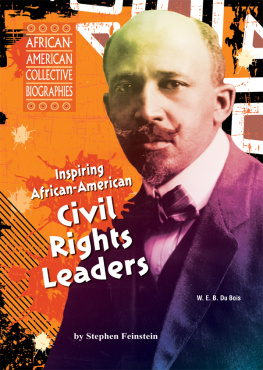Stephen Feinstein - The 1920s
Here you can read online Stephen Feinstein - The 1920s full text of the book (entire story) in english for free. Download pdf and epub, get meaning, cover and reviews about this ebook. publisher: Enslow Publishing, genre: History. Description of the work, (preface) as well as reviews are available. Best literature library LitArk.com created for fans of good reading and offers a wide selection of genres:
Romance novel
Science fiction
Adventure
Detective
Science
History
Home and family
Prose
Art
Politics
Computer
Non-fiction
Religion
Business
Children
Humor
Choose a favorite category and find really read worthwhile books. Enjoy immersion in the world of imagination, feel the emotions of the characters or learn something new for yourself, make an fascinating discovery.
- Book:The 1920s
- Author:
- Publisher:Enslow Publishing
- Genre:
- Rating:4 / 5
- Favourites:Add to favourites
- Your mark:
- 80
- 1
- 2
- 3
- 4
- 5
The 1920s: summary, description and annotation
We offer to read an annotation, description, summary or preface (depends on what the author of the book "The 1920s" wrote himself). If you haven't found the necessary information about the book — write in the comments, we will try to find it.
The 1920s — read online for free the complete book (whole text) full work
Below is the text of the book, divided by pages. System saving the place of the last page read, allows you to conveniently read the book "The 1920s" online for free, without having to search again every time where you left off. Put a bookmark, and you can go to the page where you finished reading at any time.
Font size:
Interval:
Bookmark:


Published in 2016 by Enslow Publishing, LLC.
101 W. 23rd Street, Suite 240, New York, NY 10011
Copyright 2016 by Enslow Publishing, LLC.
All rights reserved.
No part of this book may be reproduced by any means without the written permission of the publisher.
Library of Congress Cataloging-in-Publication Data
Feinstein, Stephen.
The 1920s / Stephen Feinstein.
pages cm. (Decades of the 20th and 21st centuries)
Includes bibliographical references and index.
Summary: Discusses the decade 1920-1929 in the United States in terms of culture, art, science, and politicsProvided by publisher.
Audience: Grade 9 to 12.
ISBN 978-0-7660-6924-4
1. United StatesCivilization1918-1945Juvenile literature. 2. United StatesPolitics and government1923-1929Juvenile literature. 3. United StatesPolitics and government1921-1923Juvenile literature. 4. Nineteen twentiesJuvenile literature. I. Title.
E169.1.F3545 2015
973.914dc23
2015010944
Printed in the United States of America
To Our Readers: We have done our best to make sure all Web sites in this book were active and appropriate when we went to press. However, the author and the publisher have no control over and assume no liability for the material available on those Web sites or on any Web sites they may link to. Any comments or suggestions can be sent by e-mail to .
Photo Credits: Albert Harlingue/Roger Viollet/Getty Images, pp..
Cover Credits: Kidwiler Collection/Diamond Images/Getty Images (Lou Gehrig); Library of Congress, Prints & Photographs Division, Carl Van Vechten Collection (Langston Hughes); Library of Congress/Moviepix/Getty Images (flapper); Library of Congress Prints & Photographs Division, National Photo Company Collection (pouring whiskey down a drain).
Contents
Introduction
Pop Culture, Lifestyles, and Fashion
Entertainment and the Arts
Sports
National and International Politics
Advances in Science, Technology, and Medicine
Conclusion
Timeline
Glossary
Further Reading
Index

The 1920s were known as the Roaring Twenties.
Introduction
For many Americans, the 1920soften referred to as the Roaring Twentieswere a period of prosperity with rapid growth in industry and new developments in the arts and entertainment. But the decade did not begin on an optimistic note. Although America and its allies had won World War I in 1918, the end of the war led to an economic slump. A deadly flu that claimed more than twenty million victims around the world spread in 1918 and 1919. The weary survivors wished to celebrate.
The American economy began to recover and eventually prosper during the Republican administrations of Presidents Warren G. Harding and Calvin Coolidge. Both presidents encouraged the growth of big business. When Calvin Coolidge said, the business of America is business, the nation took his words to heart.
Factories that had once made weapons and supplies for the war now made peacetime products, such as washing machines, vacuum cleaners, radios, and other household items. If people didnt have enough money to buy these new products, they borrowed from banksoften more than they could afford to repay. Unpaid debt would become a serious problem by the middle of the decade.
Americans worked hard, but they also played hard. Not deterred by Prohibitionthe ban on alcoholic beveragesmany Americans went to speakeasies. There, thanks to gangsters, such as Chicagos Al Capone, who smuggled and sold illegal liquor, people could swig alcoholic drinks while dancing the Charleston to jazz, music pioneered by African-American musicians a few years earlier in New Orleans. The birth of broadcast radio in 1920 spurred jazzs popularity. The Harlem Renaissance promoted a flourishing of African-American literature and arts in the neighborhood of Harlem in New York during the 1920s.
Women called flappers wore skirts with scandalously short hemlines. Having just won the right to vote, women felt freer to express themselves in new ways.
The rich became richer during the decade, but many poor people did not benefit at all from the countrys economic growth. Many Americans became fearful of newcomers to the nations shores. Laws were passed to limit the number of immigrants allowed into the country each year. Only a small number of people from eastern and southern Europe were allowed, and Asians were kept out entirely. The public also lost faith in its leaders. Corrupt politicians took bribes. The government was rocked by scandals. Finally, the 1920s saw the return of a hate group called the Ku Klux Klan.
Three world leadersa dictator in Italy, a brutal leader in Germany, and a new emperor in Japanfirst entered the spotlight during the 1920s and would later help start World War II.
Meanwhile, many Americans invested in the stock market. But the stock market could not climb forever. A frenzy of speculation and carefree spending ended in the great stock market crash of 1929. The party was over.
Pop Culture, Lifestyles, and Fashion
The 1920s is one of the most fascinating periods in modern history. This decade, known as the Roaring Twenties, still captures our imaginations today. During the 1920s, the standard of living rose for most Americans, including the working poor even though the majority of Americans worked long hours for very low wages. Basic utilities, such as natural gas, running water, and electricity became increasingly available in the home. Local governments provided water and sewage treatment and garbage collection. People lived healthier lives. With hot and cold running water, people bathed more frequently. By 1929, 71 percent of American homes had indoor bathrooms. With electric lights in the home, there was less danger of fire from kerosene lamps and gaslights. And thanks to gas stoves, the air inside the home was now free of coal dust and kerosene fumes. Middle-and upper-class families could afford to buy new electric appliances, such as vacuum cleaners, washing machines, and refrigerators.

Radio broadcasts became a source for news and entertainment.
Telephones and Radios
New forms of communication brought Americans closer to each other. The telephone, and then the radio, brought about major changes in the way Americans lived and worked. In 1915, coast-to-coast telephone service had begun. By 1921, 13 percent of Americans had telephones. A person on the West Coast was only a phone call away from someone on the East Coast. At the beginning of the decade, most Americans still wrote letters to stay in touch with distant relatives or friends. But as the years went by, more people had telephones in their homes. The telephone became essential in the business world.
On November 2, 1920, even as most Americans had yet to have a telephone conversation, another amazing device was introduced to the nation. On that day, the radio station KDKA in Pittsburgh, Pennsylvania, broadcast the nations first scheduled public radio program. Only a small number of Americans got to hear the news broadcast that day on their brand new radio sets. But practically overnight, excitement about this new form of communication spread. By 1923, more than five hundred radio stations were broadcasting. Radio sales that year reached $60 million.
Font size:
Interval:
Bookmark:
Similar books «The 1920s»
Look at similar books to The 1920s. We have selected literature similar in name and meaning in the hope of providing readers with more options to find new, interesting, not yet read works.
Discussion, reviews of the book The 1920s and just readers' own opinions. Leave your comments, write what you think about the work, its meaning or the main characters. Specify what exactly you liked and what you didn't like, and why you think so.

